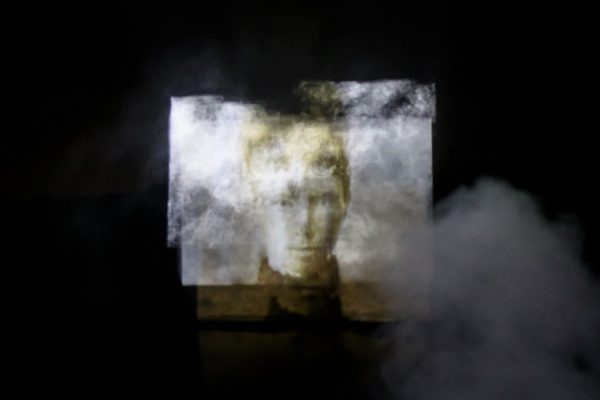
Mixed Media / “Haunting”, Vic McEwan. At the National Museum of Australia until April 30. Reviewed by CON BOEKEL.
THIS exhibition seeks to connect time and space through images of the museum’s historical objects, which are projected on to places along the Murrumbidgee River.
The objects are first photographed. Then the photos are projected, in a form of light painting, into fog, smoke, riverbanks and water. The results are recorded and prints are made of stills. The river is conceptualised as a collaborator.
A comment in the covering video refers to the “costs” of the development of “modern agriculture”. Specifically, it refers indigenous people as being “disrupted”. This is a euphemism for dispossession.
The exhibition starts with an indigenous grindstone and ends with Katrin Meissner’s letter warning about climate change. The dominant theme in between is a paean to the wheat industry.
We can feel justifiably proud about our huge wheat production. Beyond that, there are questions about some of the choices made and about potential choices foregone.
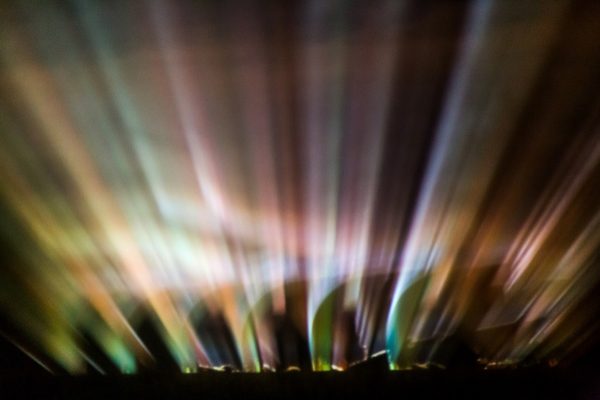
A passing reference to a neutral term “conflict” is chosen over the 1838 massacre of 14 people where the Murrumbidgee joins the Murray. A “king” breastplate from Warangesda Mission is chosen over a mission superintendent’s letter requesting a gun and handcuffs. An idyllic poem by Mary Gilmore is chosen over a gritty poem from John Mukky Burke’s “Late Murrumbidgee Poems”. Wheat-breeder Farrer is selected over Bill Ferguson, doughty champion for the restoration of indigenous human rights which were all but lost during the “disruption”. Another choice foregone is heroic Yarri, who rescued dozens of people during the great Gundagai flood of 1852.
A rural subdivision map is chosen over a map of the six first nations through whose traditional lands the Murrumbidgee flows. Farrer’s Lambrigg property is chosen over Toogimbie Indigenous Protected Area where the Nari Nari People are rehabilitating damaged riparian wetlands.
None of the chosen speaking voices, none of the chosen texts and none of the chosen images of people projected into fog and smoke appear to be indigenous. Indigenous women are entirely absent from the exhibition. The indigenous meaning of “Murrumbidgee” is omitted.
The river, as creative collaborator, exhibits pristine images of flowing water. The stories foregone? A third of its fish species are either locally extinct or in extremely low numbers. Ninety per cent of its fish biomass is alien. Dozens of dams and weirs disrupt its natural flows.
Not one of these choices has to be “either-or”. They are all part of our shared larger story – the good and the bad. Perhaps more comprehensive object choices were not available because of the museum’s collection policies.
“Haunting” implies that something has happened in the past and continues to have a presence in the here and now. It is about simultaneous presence and absence. It usually involves unrequited justice.
McEwan’s artistic techniques facilitate a sense of time travel. The earthly substance of historical people and objects emerge or fade depending on the vagaries of fog or smoke. The way in which the projector’s light rays fan out has been integrated into some wonderful abstractions of the objects including, for example, in the repetitive shapes of the ploughshares.
The best of McEwan’s images combine at least some clear visual details of the objects with sufficient masking atmospheric effects to evoke an emotional response.
“Haunting” is aptly titled.
The long-dead people, who generated a great industry, which feeds millions, stare mutely back at us through swirling fog or smoke. The large human and environmental costs have but a phantom presence. More than 15,000 indigenous people who live on or near the river appear to have vanished. The riverscapes upon which the images are projected are devoid of living people.
Individual stories in isolation are not necessarily self-validating. They need context. The shared landscapes remain to be populated by artists.
Our ghosts must wait a little while longer to be laid to rest.
Who can be trusted?
In a world of spin and confusion, there’s never been a more important time to support independent journalism in Canberra.
If you trust our work online and want to enforce the power of independent voices, I invite you to make a small contribution.
Every dollar of support is invested back into our journalism to help keep citynews.com.au strong and free.
Thank you,
Ian Meikle, editor
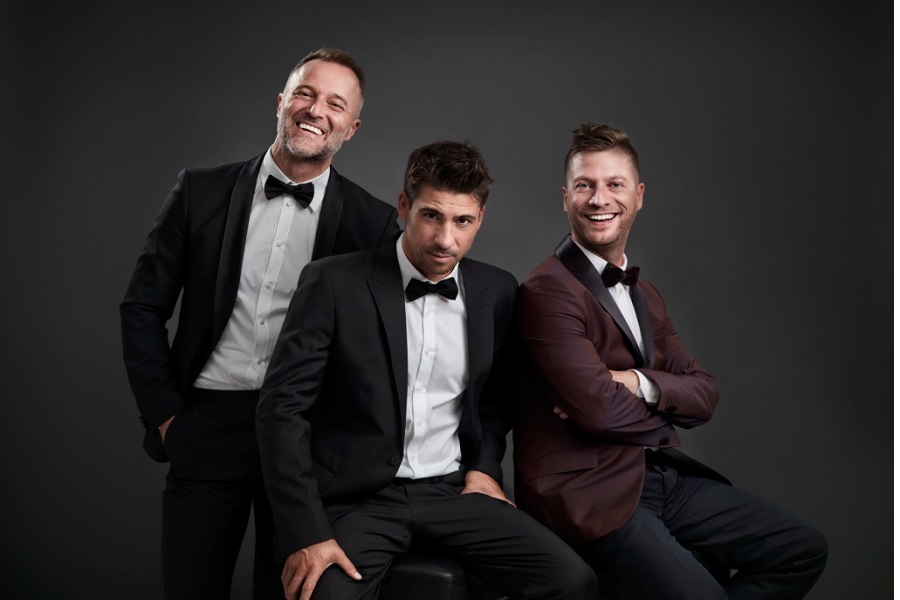
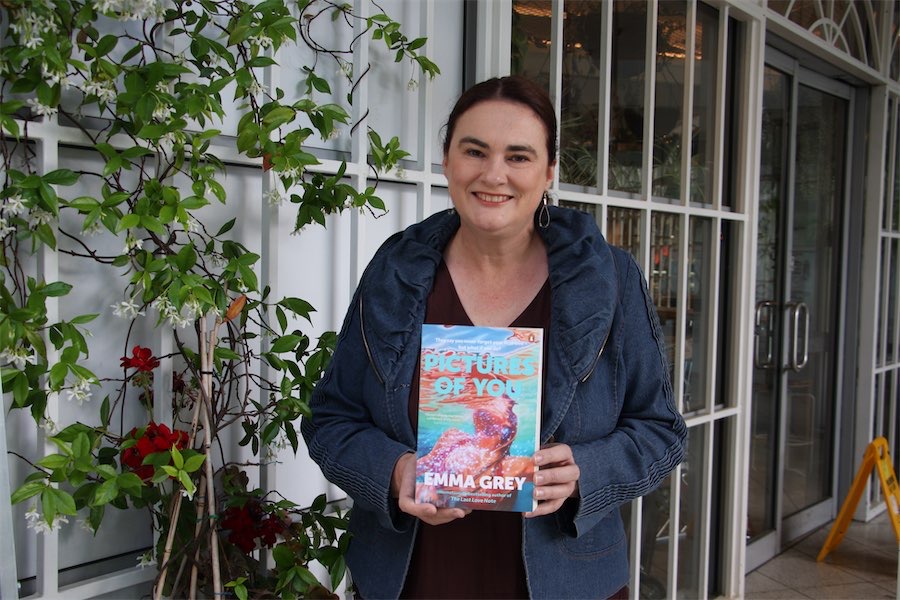
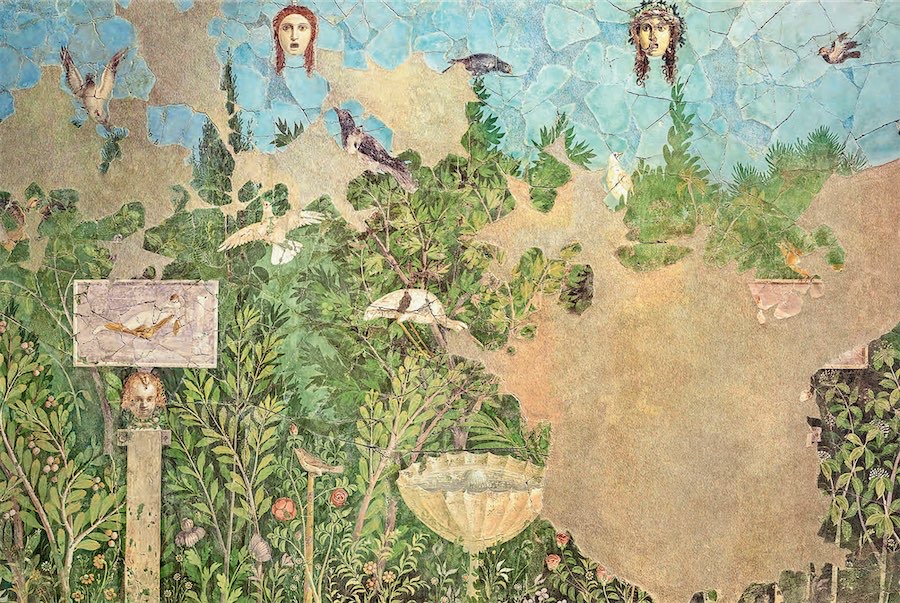

Leave a Reply